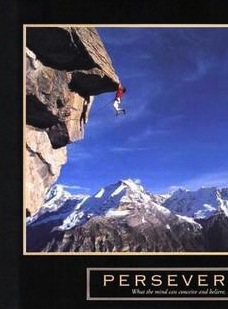Great thanks to Jean Bomeisl, for forwarding the article from SmartPlanet, "Using the Internet Affects Your Memory, Study Says," to start a discussion.
It's a fascinating read, but that's got to be the most misleading title for an article ever.
It should read, "humans choose to remember written facts more if we know they will be erased later," or "we change which information we store in our brains if we have access to external storage." But that's not very sexy, or scary.
The studies show nothing at all about the Internet.
It's a fascinating read, but that's got to be the most misleading title for an article ever.
(Fludd)
It should read, "humans choose to remember written facts more if we know they will be erased later," or "we change which information we store in our brains if we have access to external storage." But that's not very sexy, or scary.
The studies show nothing at all about the Internet.










